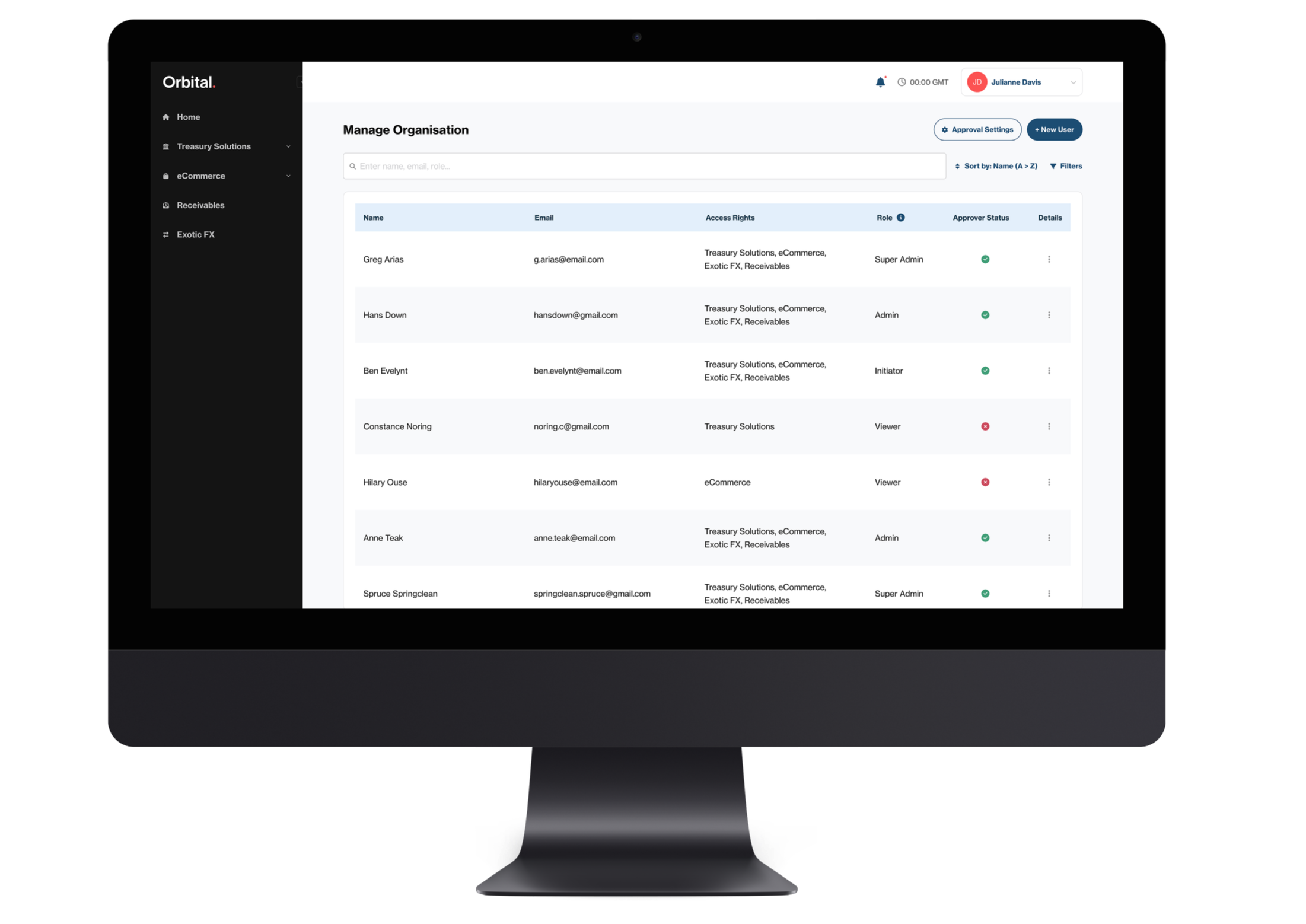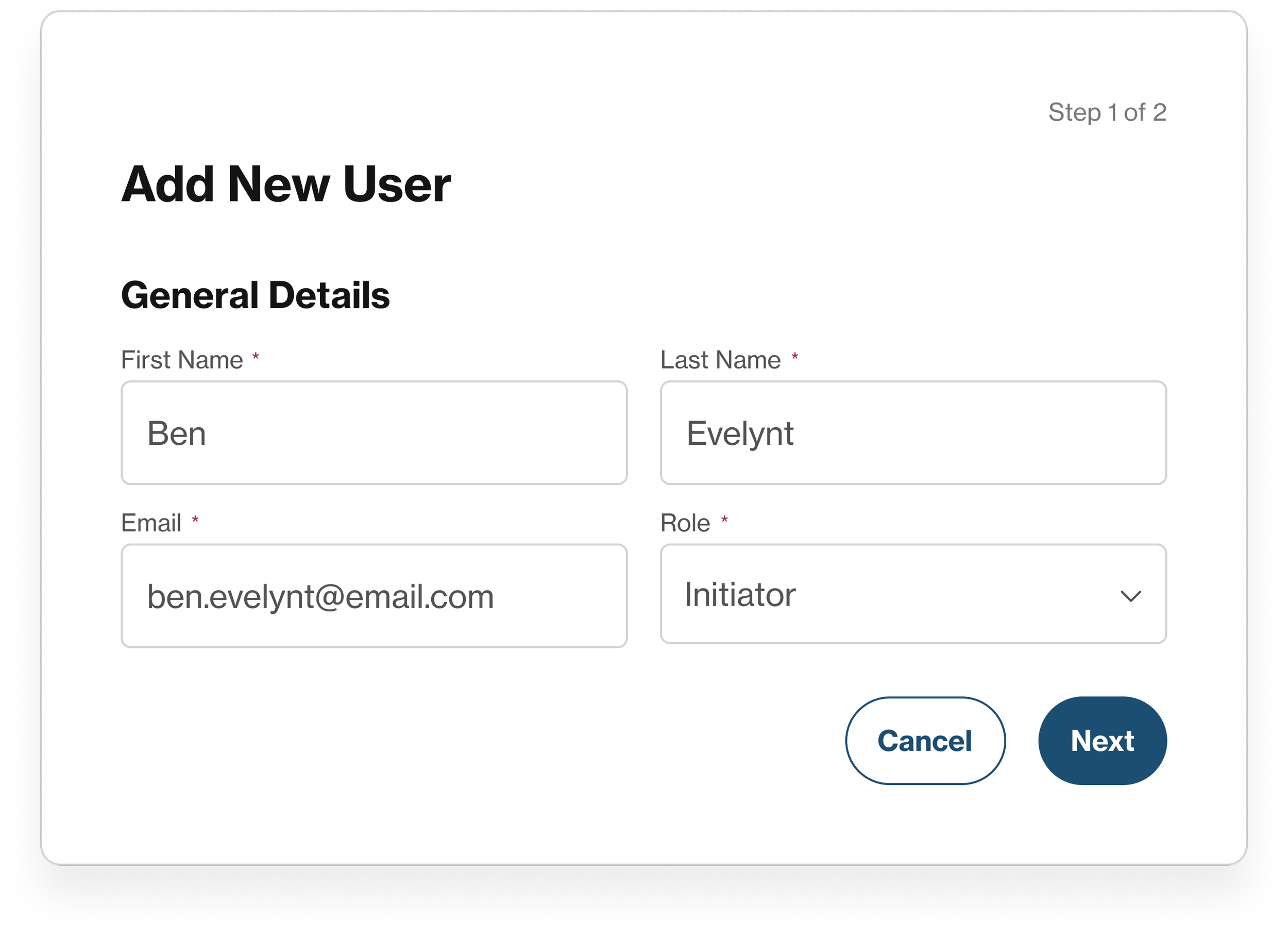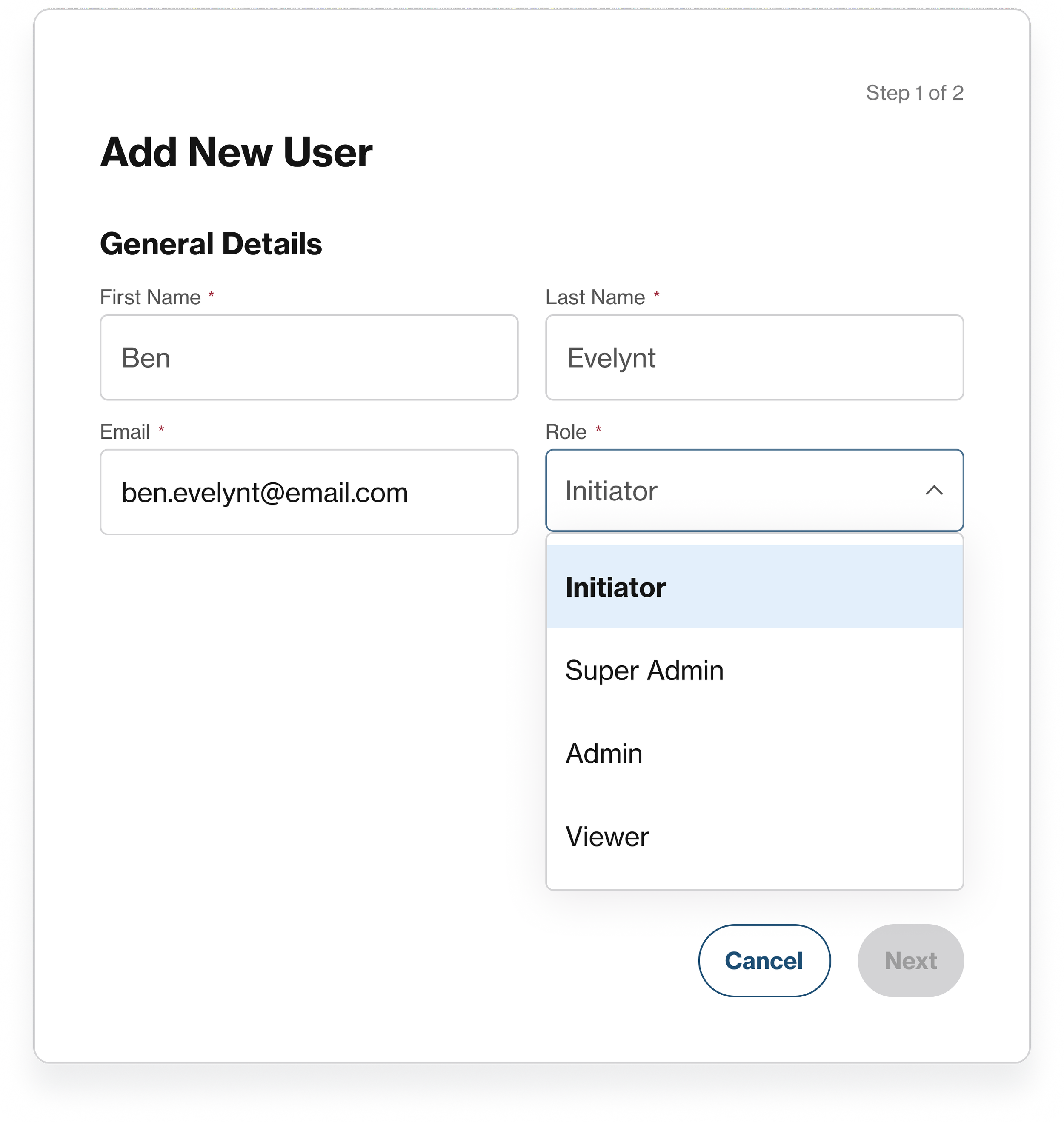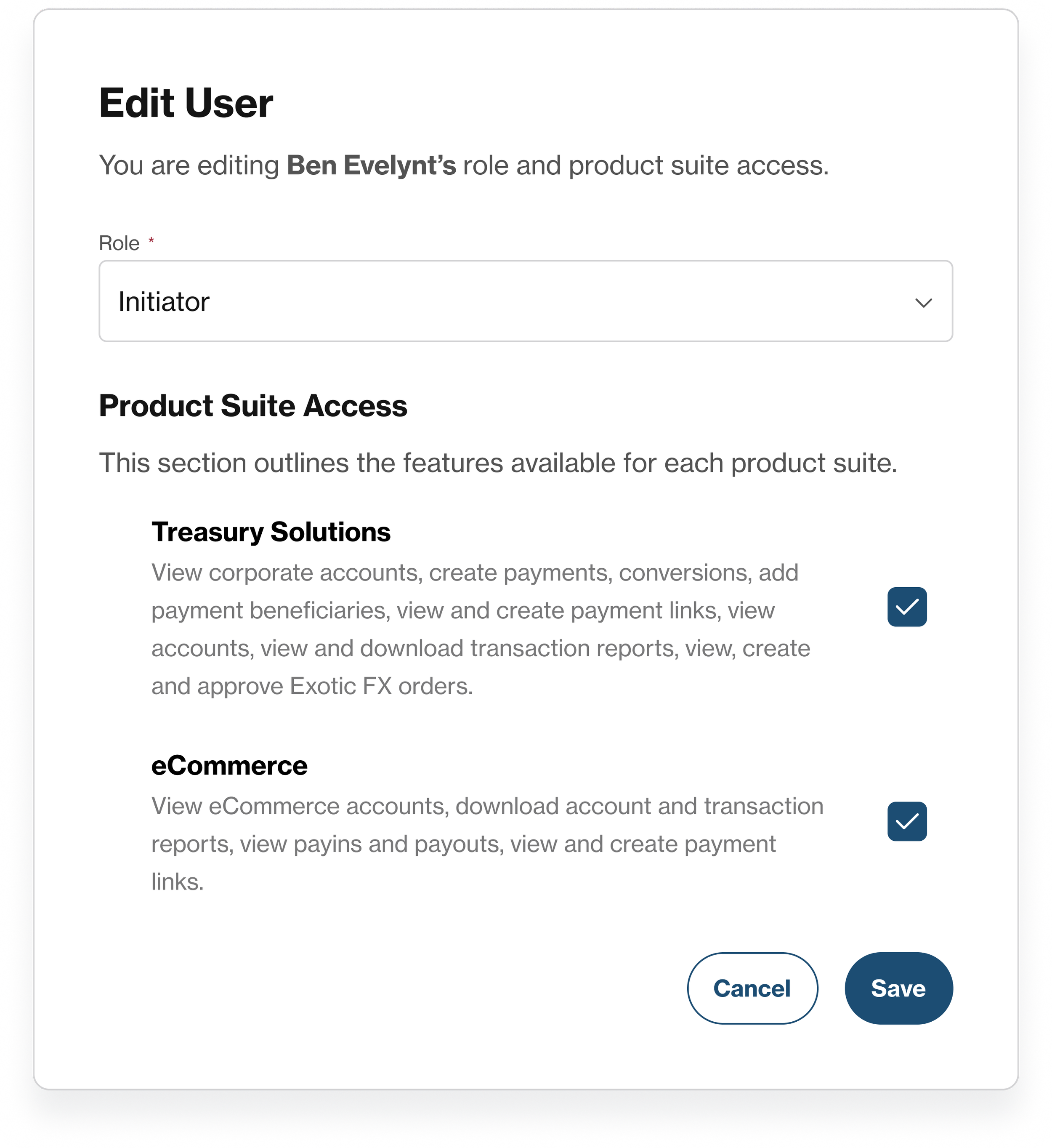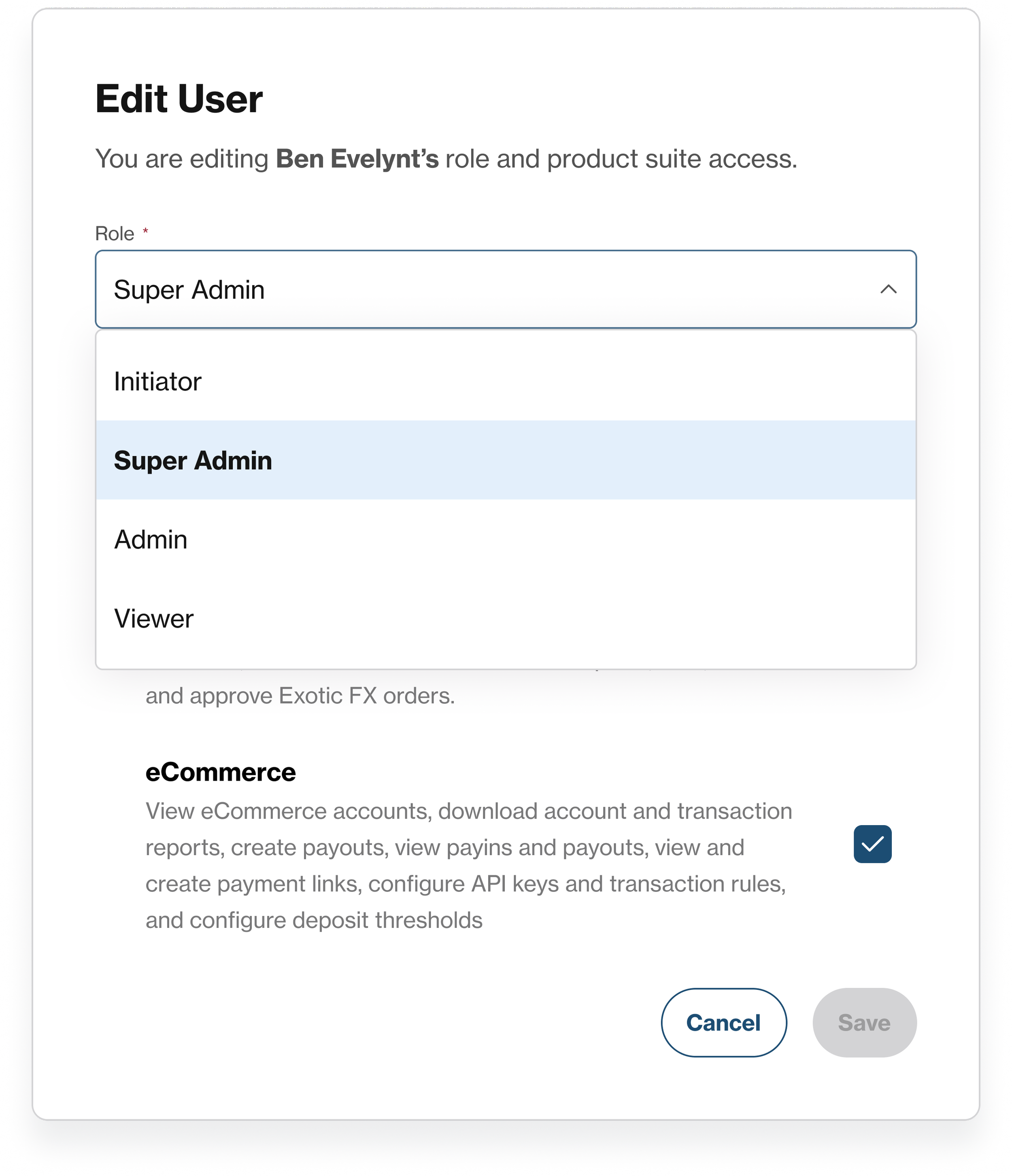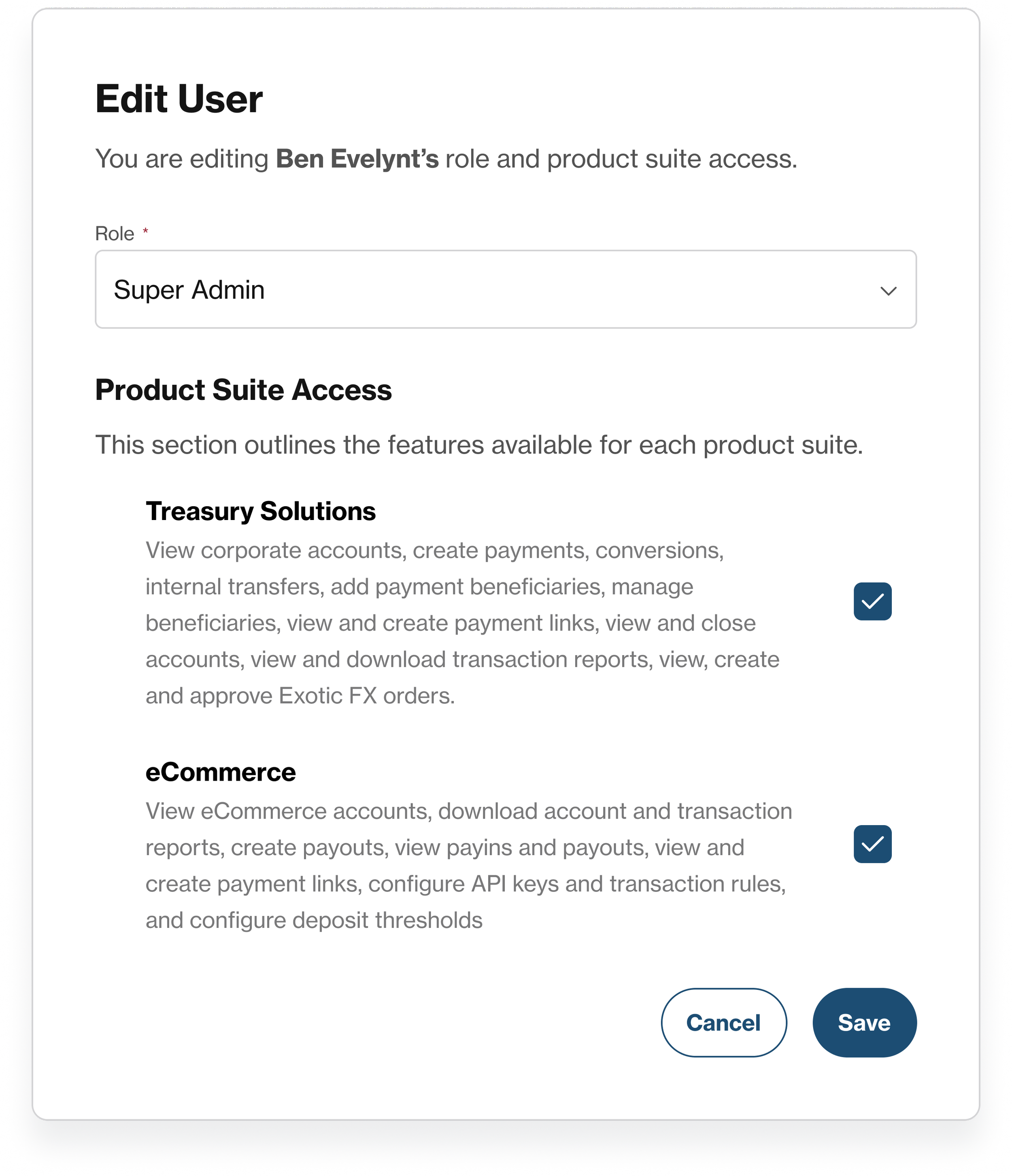Manage Organisation
Roles & Permissions Redesign
-
Problem
Lack of role-based access in Orbital’s B2B Client Portal let all users perform sensitive actions—causing security risks, admin confusion, and frequent support tickets.
-
Goal
Design a clear, scalable roles and permissions system that empowers admins to manage access with confidence and reduce risk.
Project Details
-
Role
Lead Product Designer with the support of the eCommerce Product Designer
-
Tools
FigJam, Figma, Jira (tickets), Slack (communication)
-
Team
Worked closely with PM, engineering, and customer support.
-
Duration
5 months (Sept 24–Feb 2025)
Design Process
-
1. Discovery
Reviewed existing feature and gathered feedback from support and customer service teams.
-
2. Define
Identified key pain points impacting usability and support tickets.
-
3. Ideation
Developed redesign concepts focusing on clarity and ease of use.
-
4. Design
Created final designs ready for handover that aligned with the internal design system for consistency.
-
5. Testing & QA
Validated designs through user testing and stakeholder reviews. Partnered with engineers to perform QA and ensure accurate implementation.
-
6. Impact
Achieved a 95% reduction in support tickets related to the feature.
Identifying Roles & Permissions
-
Role Permissions Matrix

-
Roles diagram
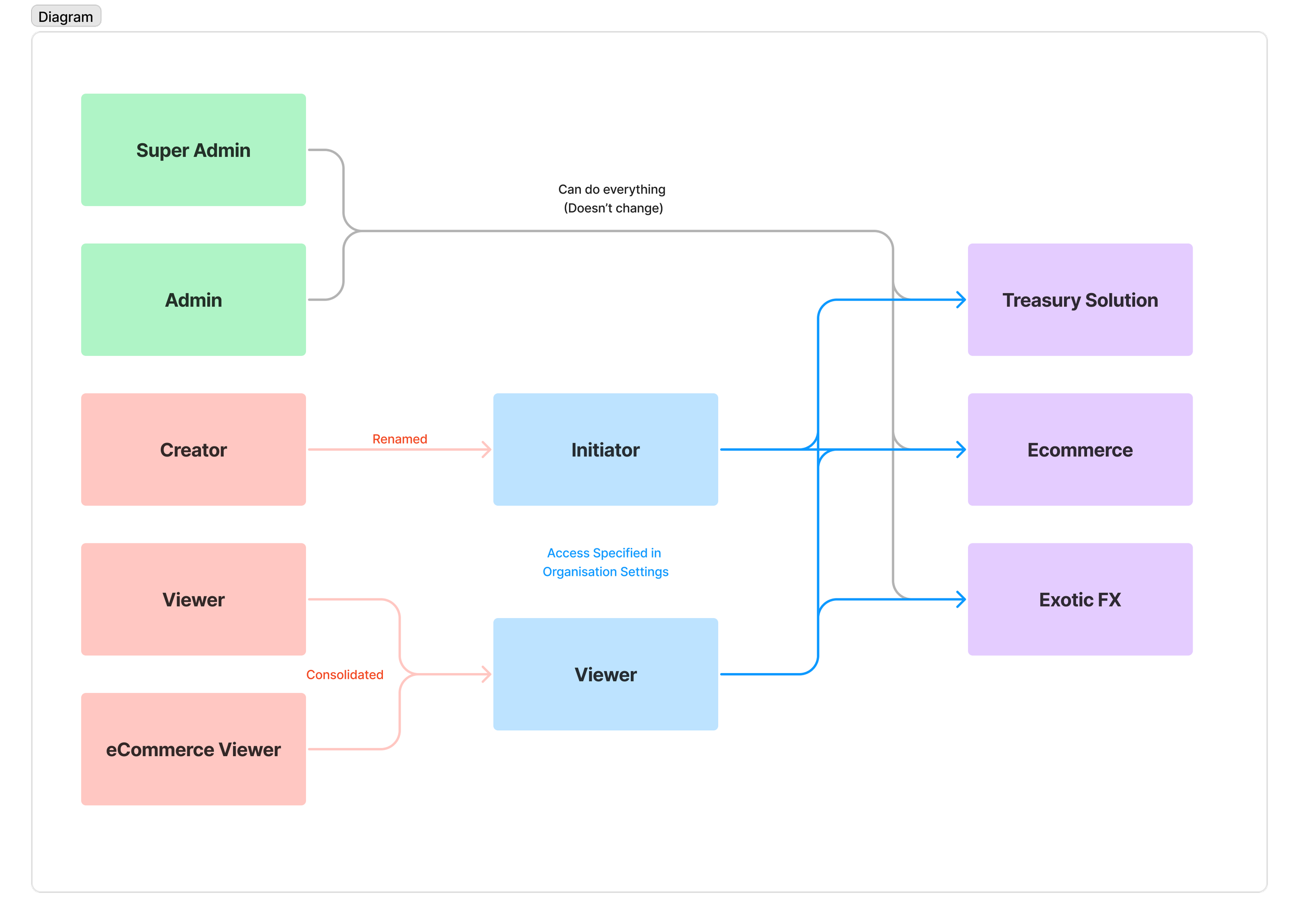
Personas
-
We focused on team and permission managers to uncover their goals and challenges, guiding a redesign that streamlined user, role, and access management.
-
George Smith- iGaming Industry
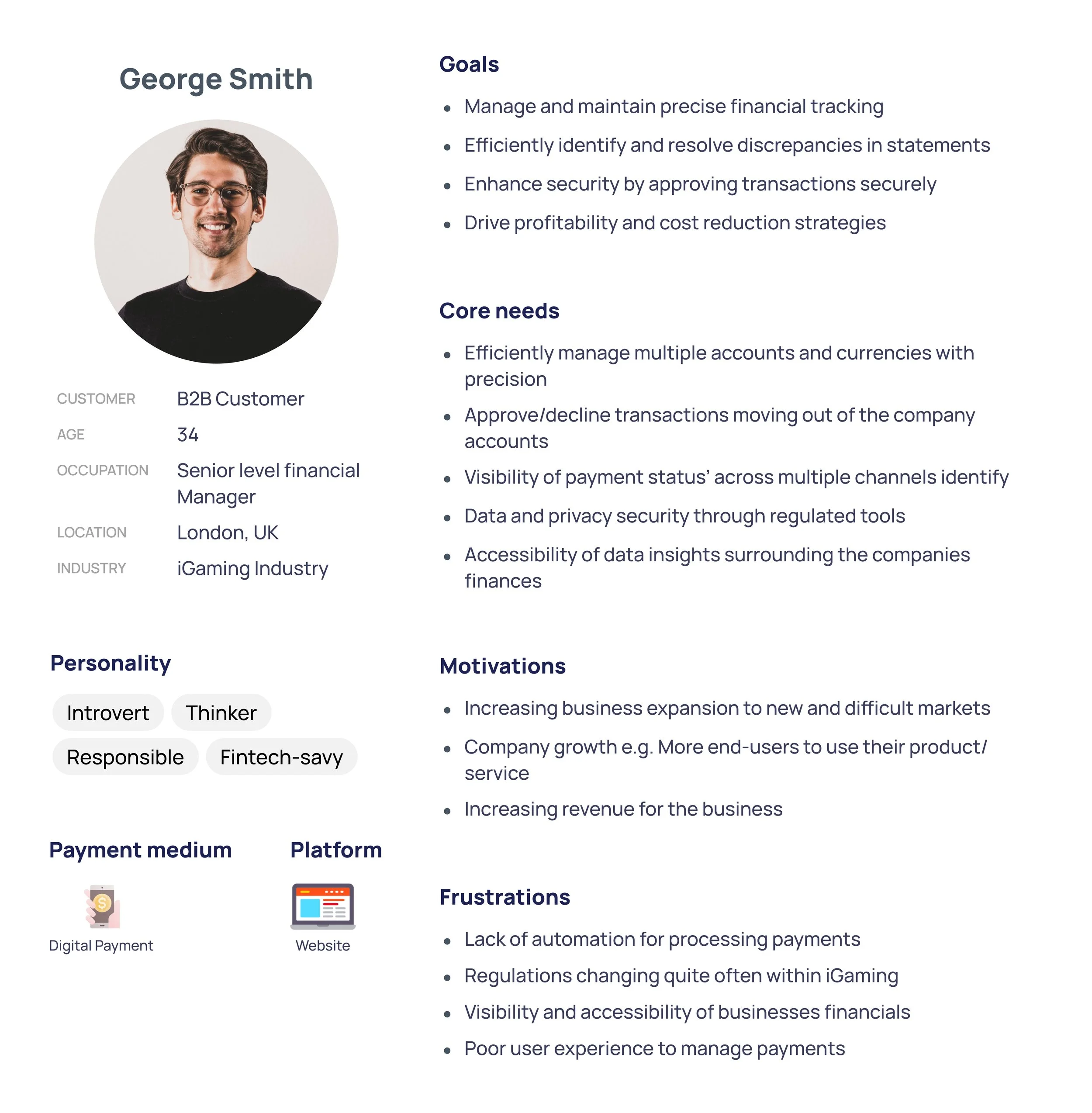
-
Jane Clarke - Energy Industry

Information Architecture
-
Old IA
Simplified a bloated IA to align with user goals—made managing permissions and approvers faster and easier.

-
New IA
The outcome was a streamlined IA grounded in MVP goals, making it easier for users to manage roles and permissions while aligning with business priorities.

Design System
-
Leveraged the Design System to move fast and stay consistent—customized existing components (toggles, dropdowns, tables) to fit new user flows.
Before vs After
-

Before — User Roles Unclear (Legacy Portal)
Super Admins and view-only users looked the same, leading to confusion.
-

After — Manage Organisation (Redesigned Experience)
Clear role visibility and scalable user control.
Final Designs
-
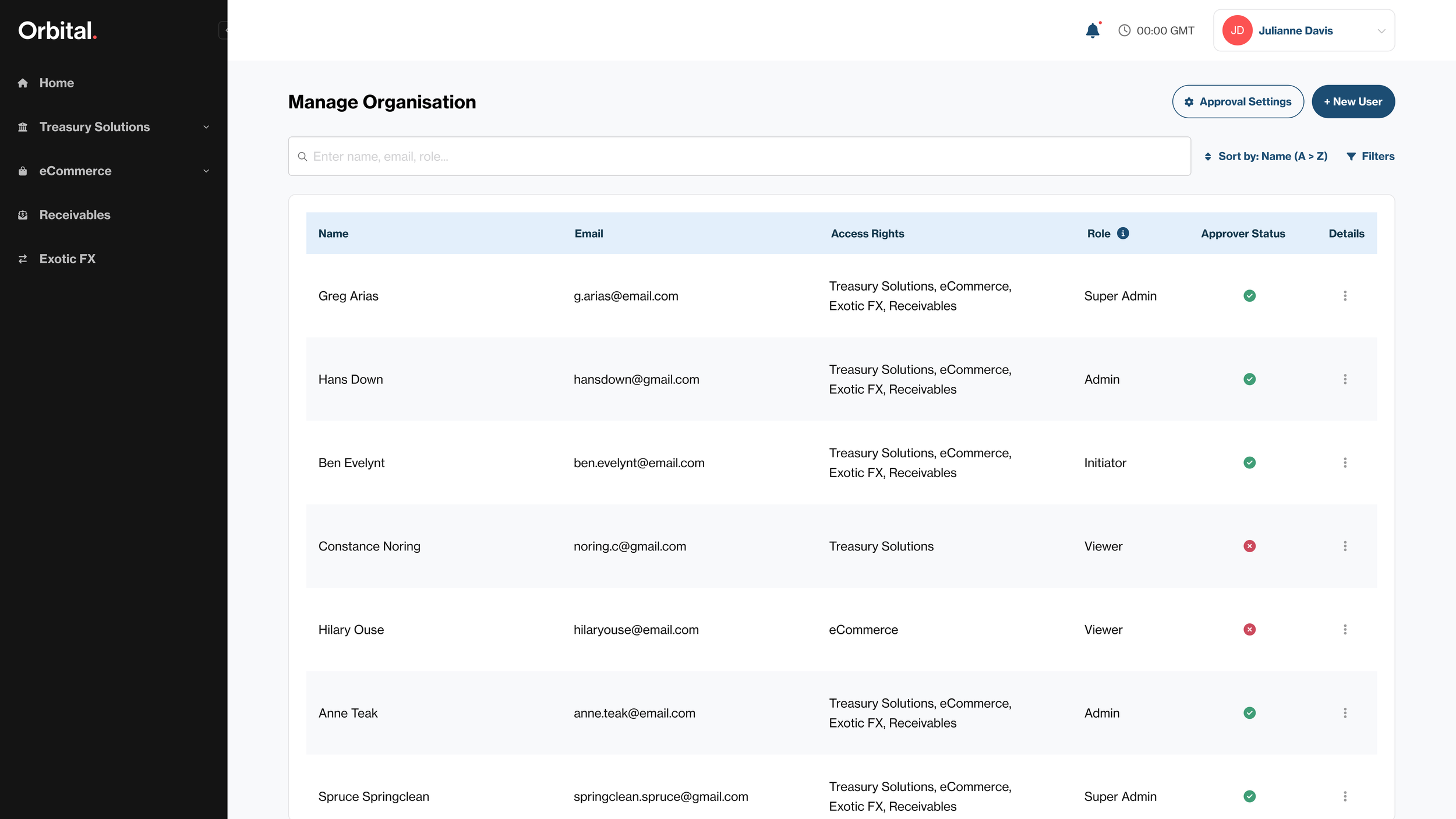
Manage Organisation
-

Role Details
-
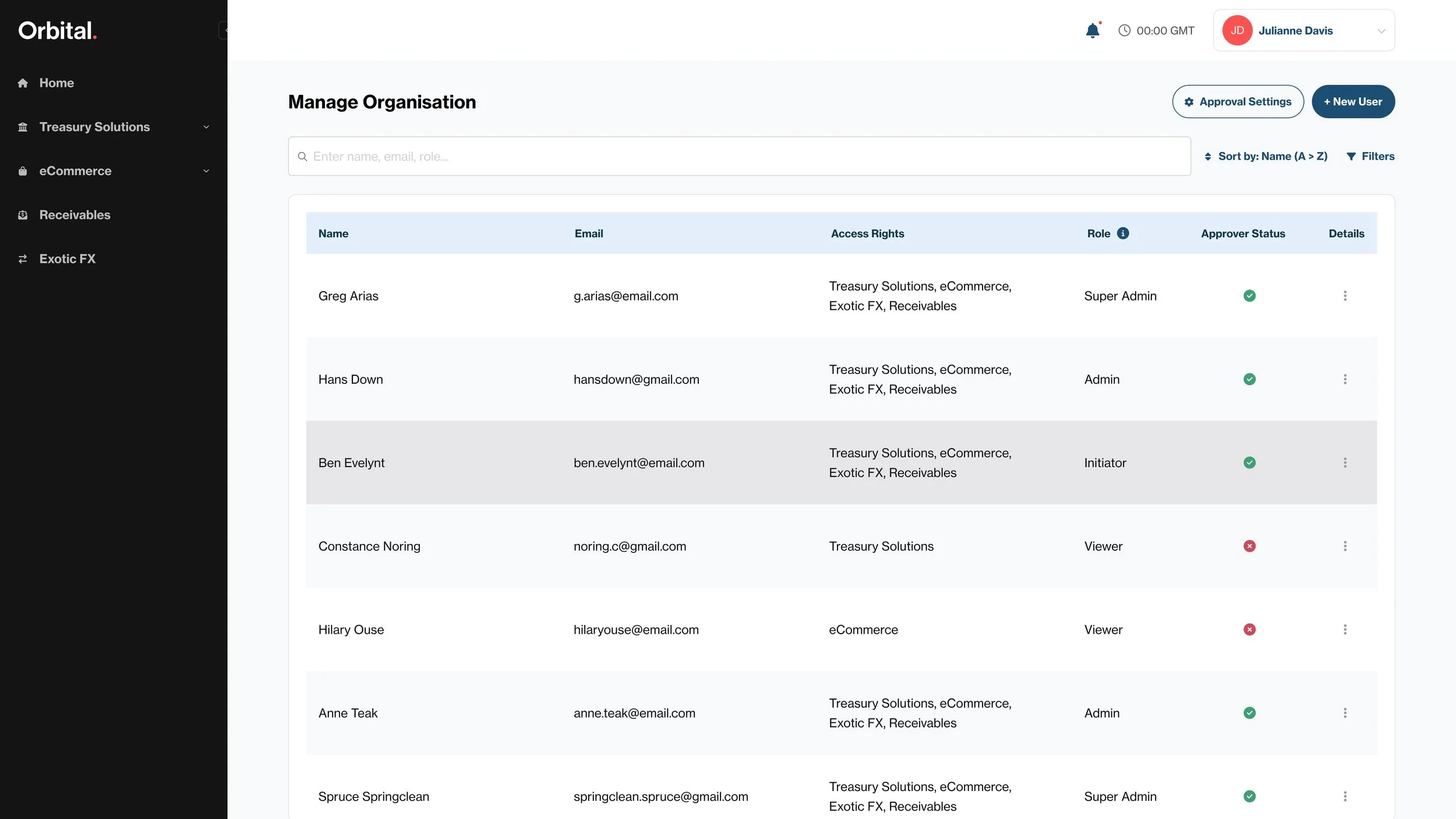
Edit a user
-
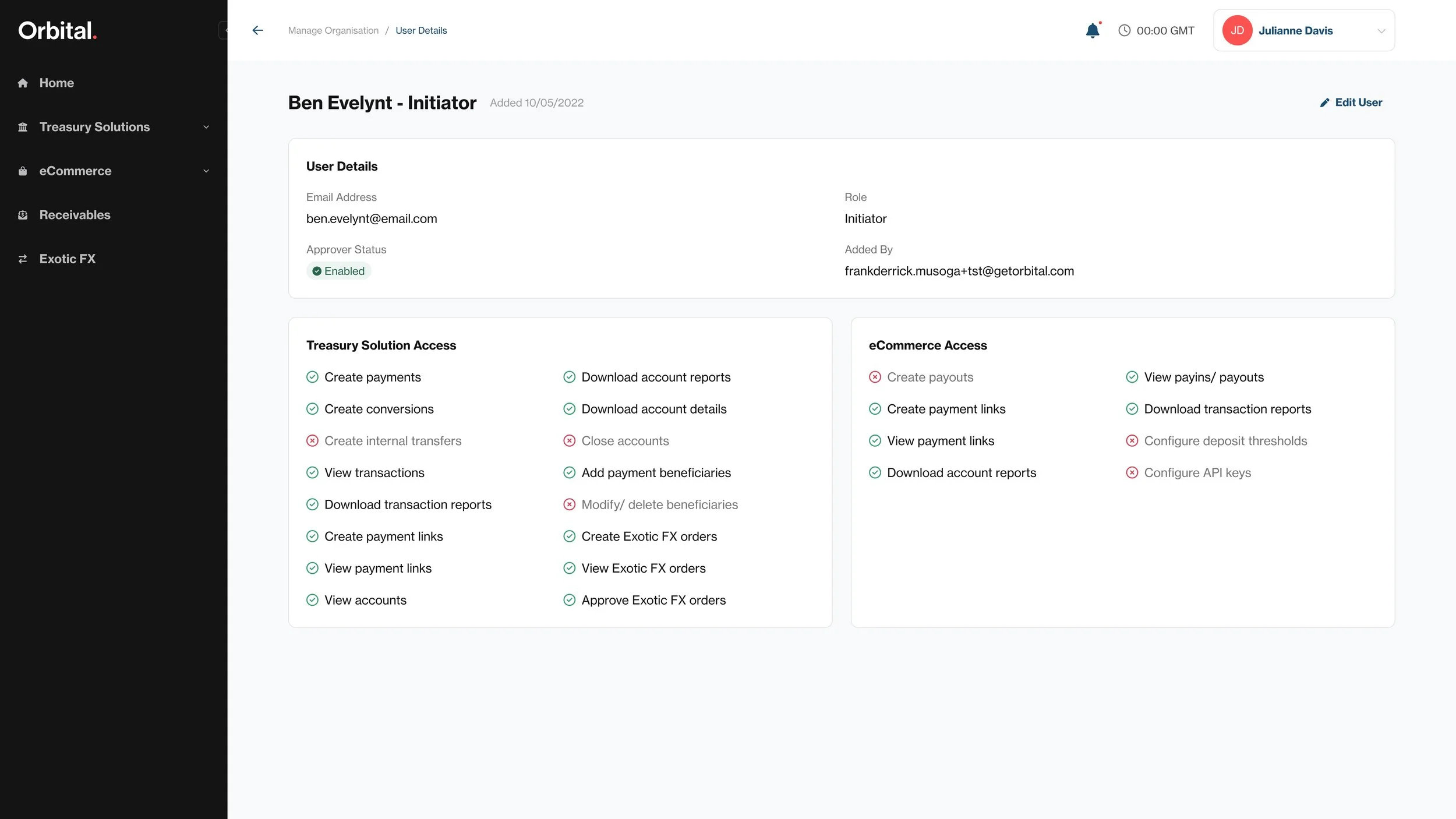
Access Rights
-
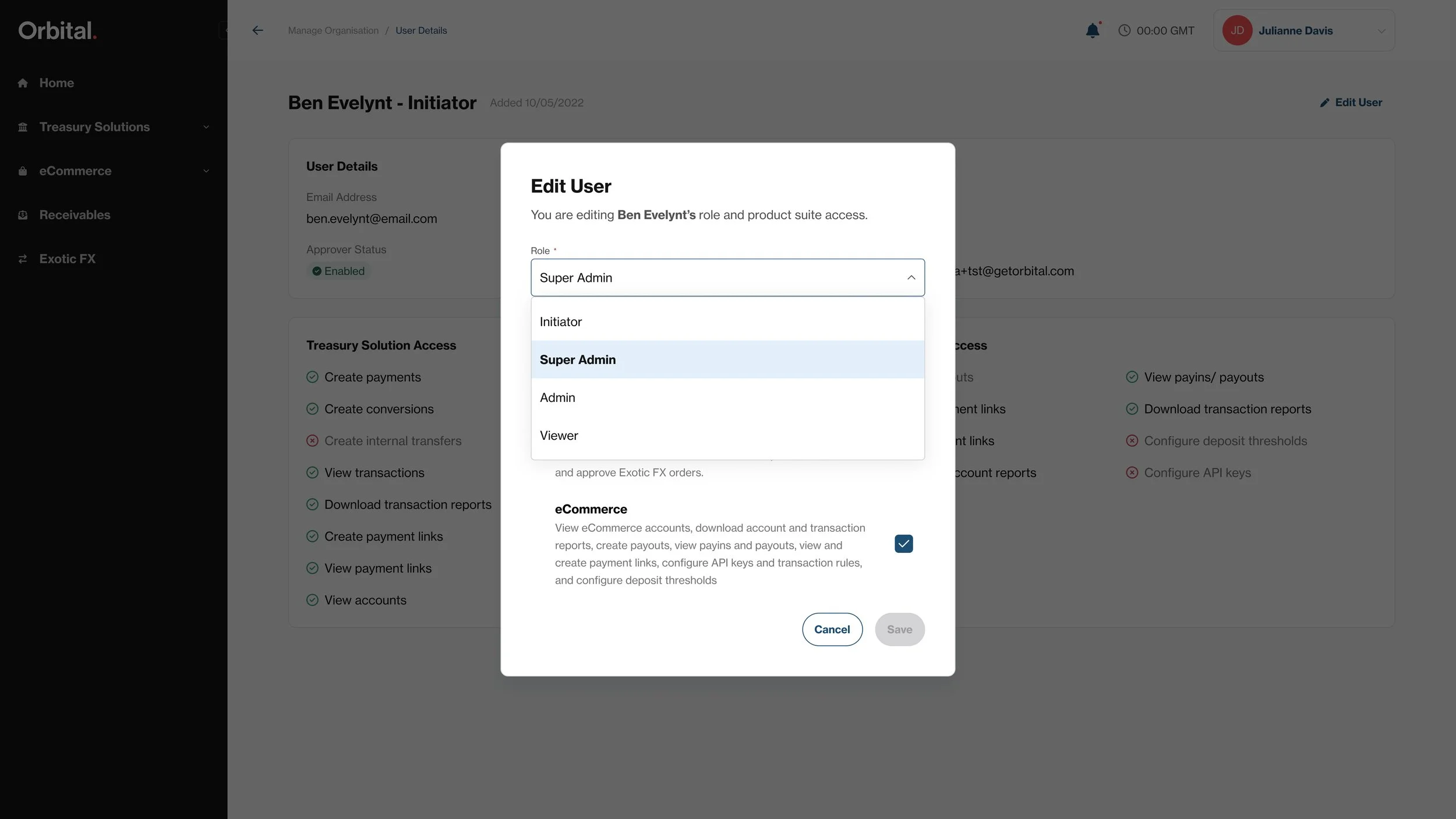
Roles dropdown
-
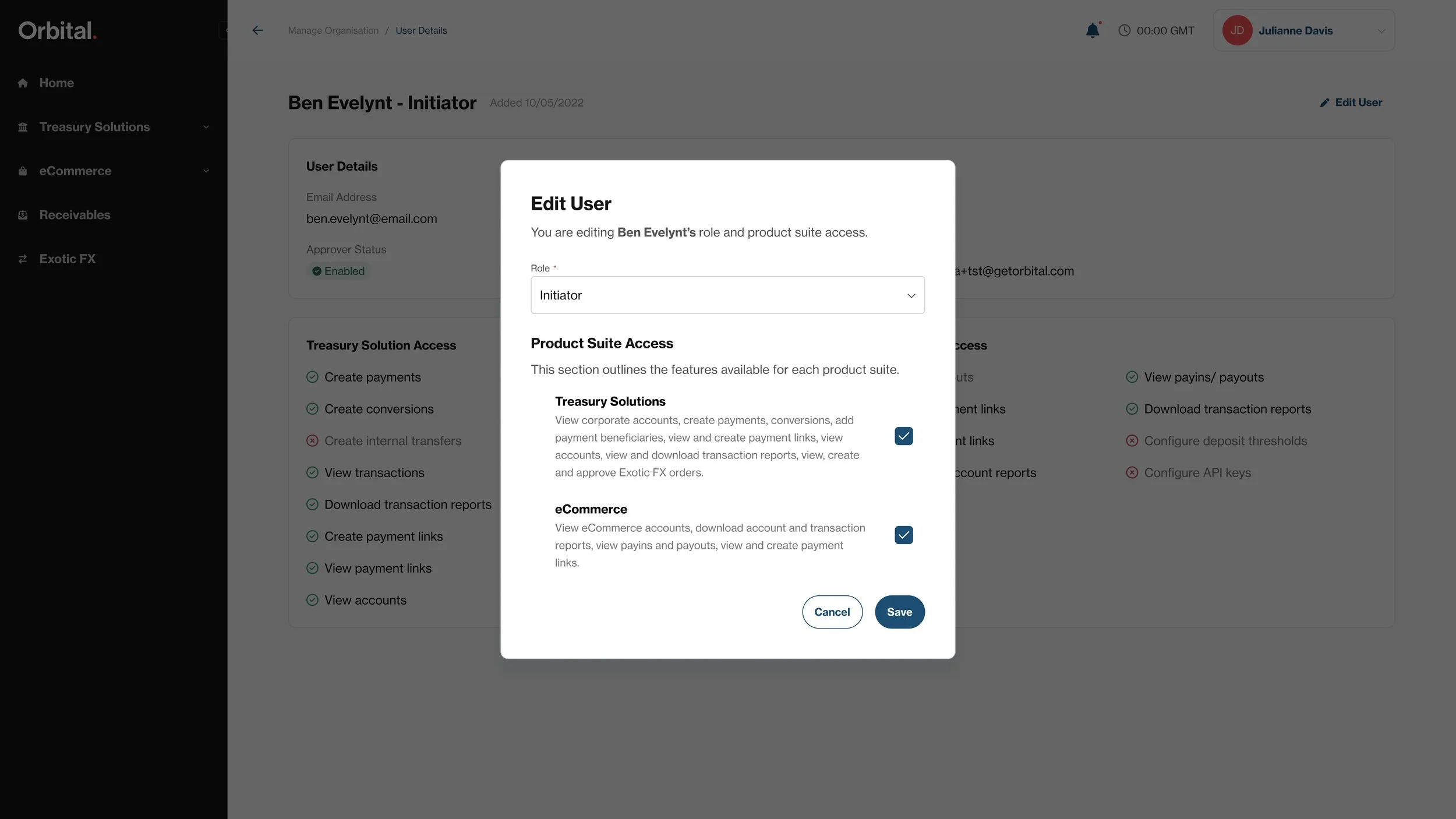
User role updated
-

Success screen
-

Edit User Updated
Results
-
Support Tickets
Reduced role & permission tickets by 95% within 2 months.
-
User Feedback
Customer Service found the redesign easy, highlighting efficiency and clarity.
-
Issue Severity
Critical user issues dropped 80%; remaining problems are minor.
Reflection
-
This project highlighted the value of enhancing a widely used feature, demonstrated the benefits of collaborative, iterative design for both trust and feasibility, and strengthened skills in prioritisation and adaptability under tight deadlines.
-
It solidified my belief that admin UX deserves as much care and clarity as customer-facing features. Designing for scale means designing for trust, clarity, and minimal friction.

